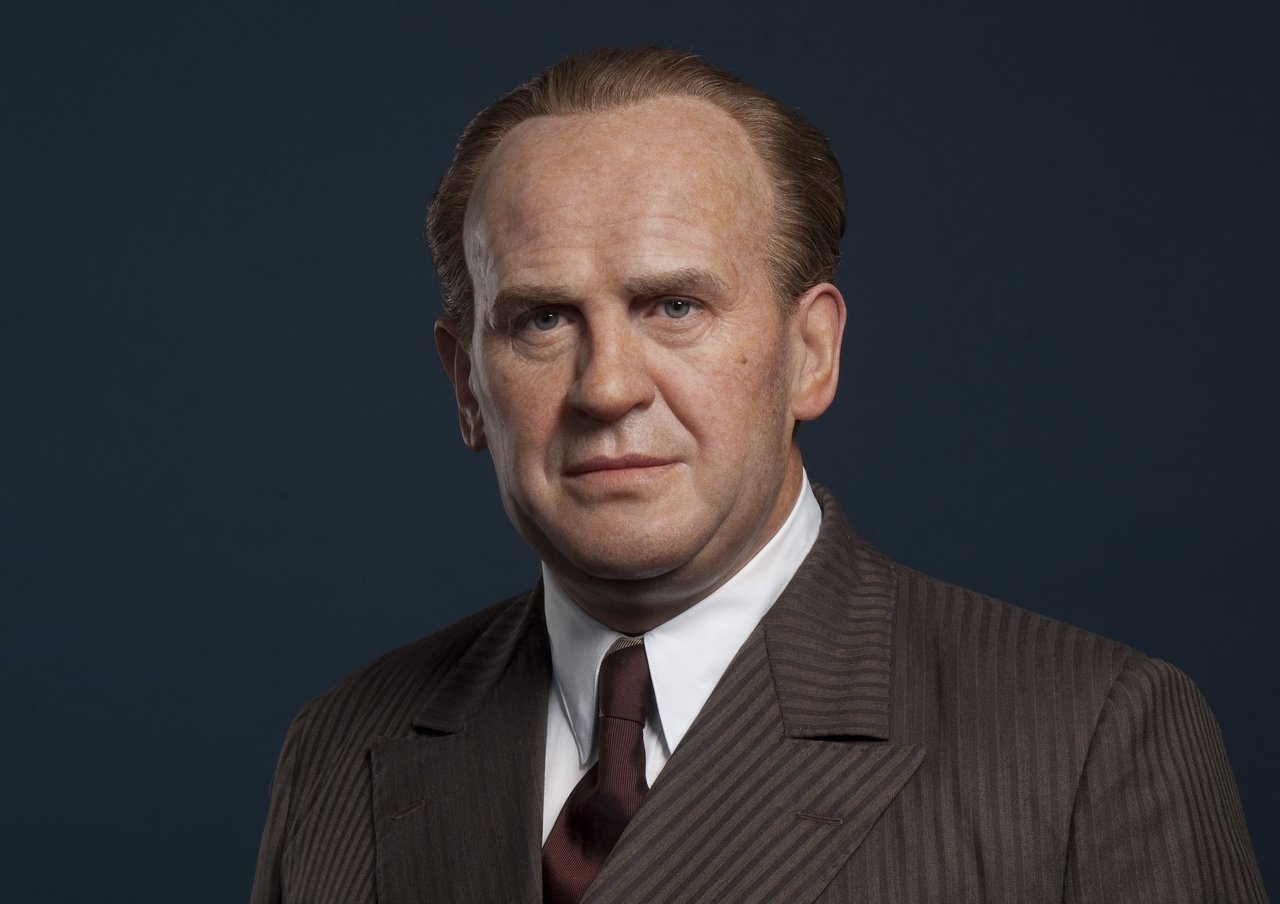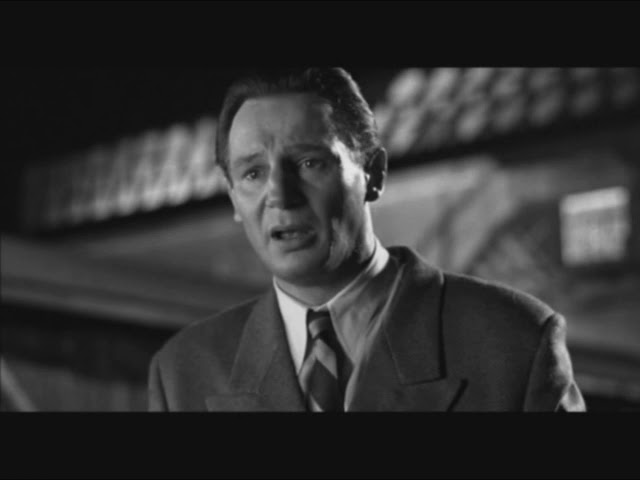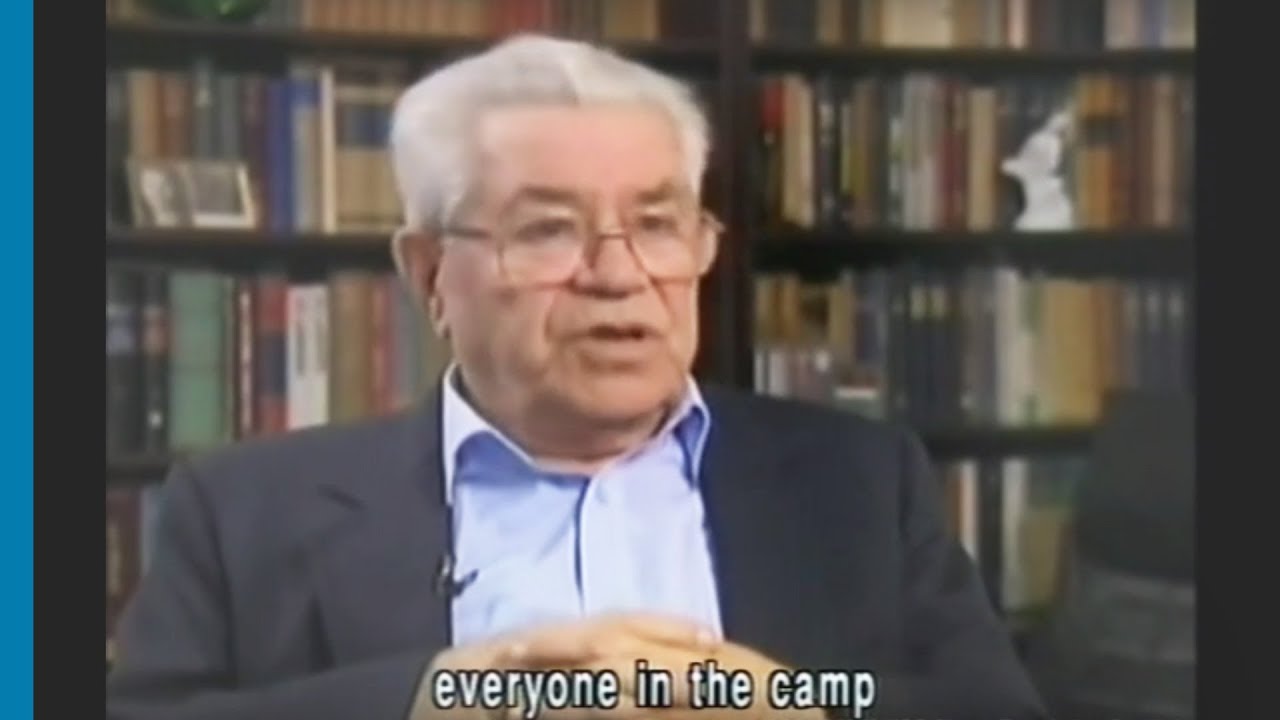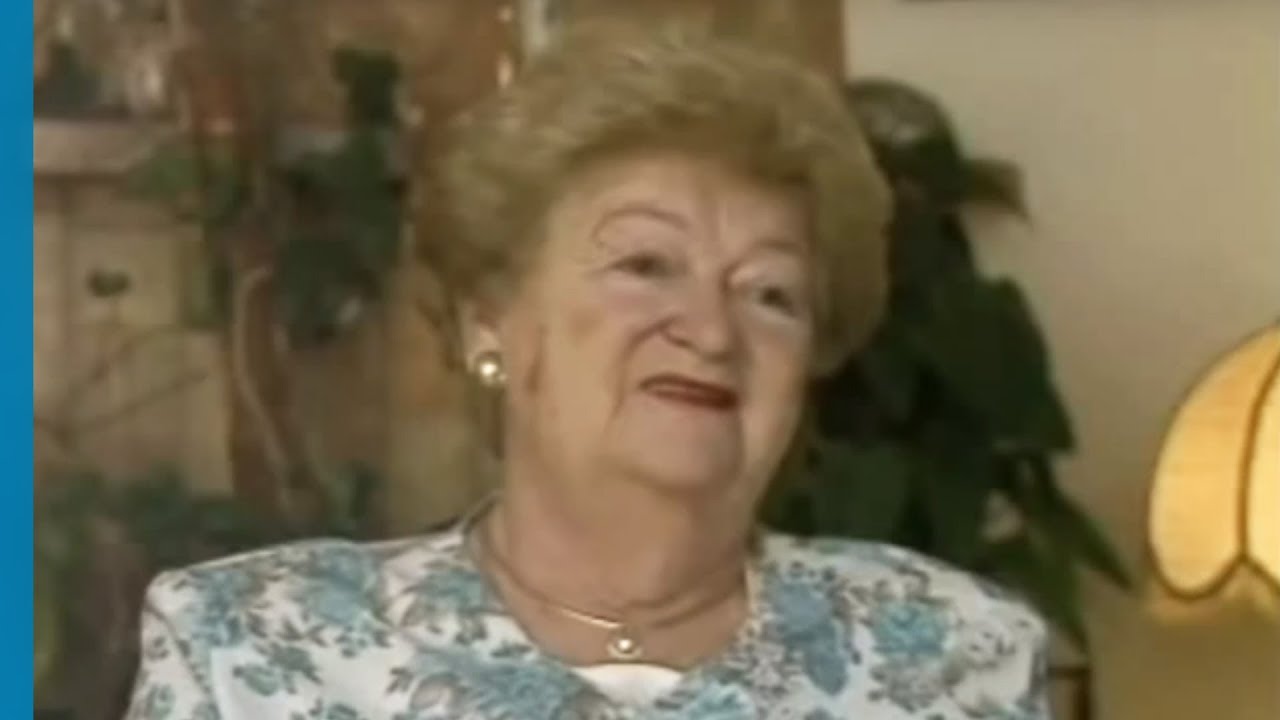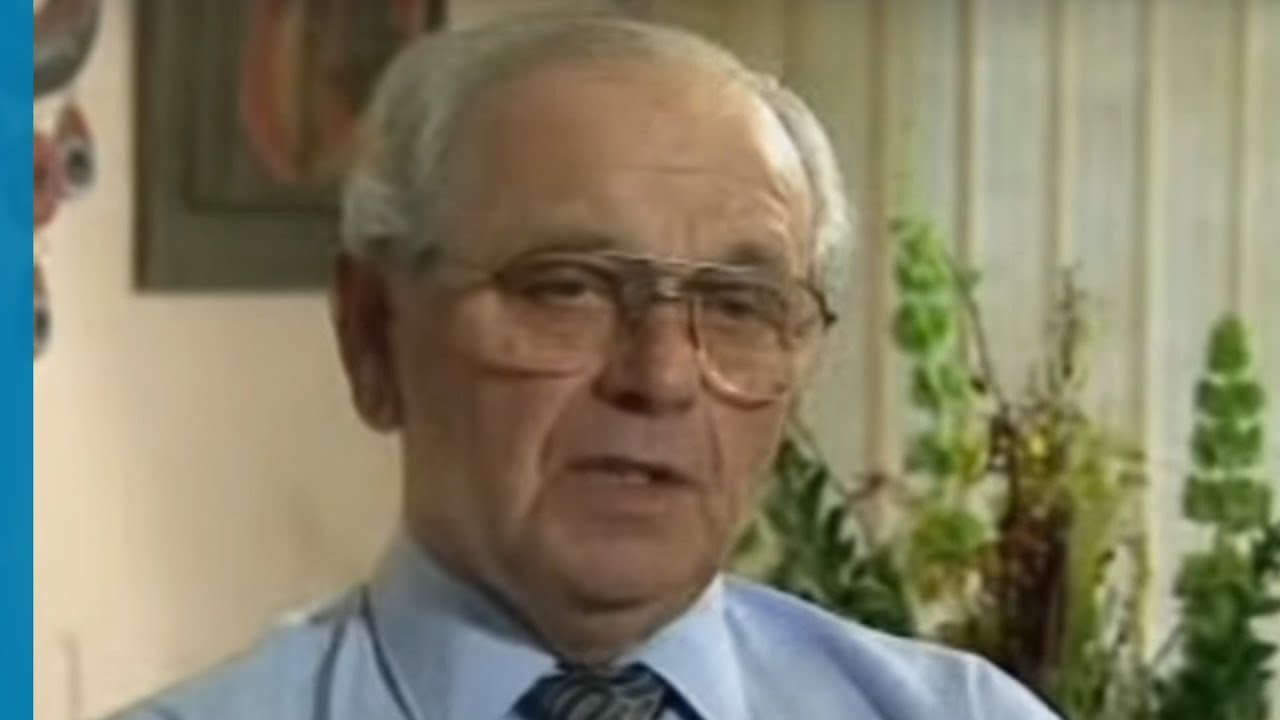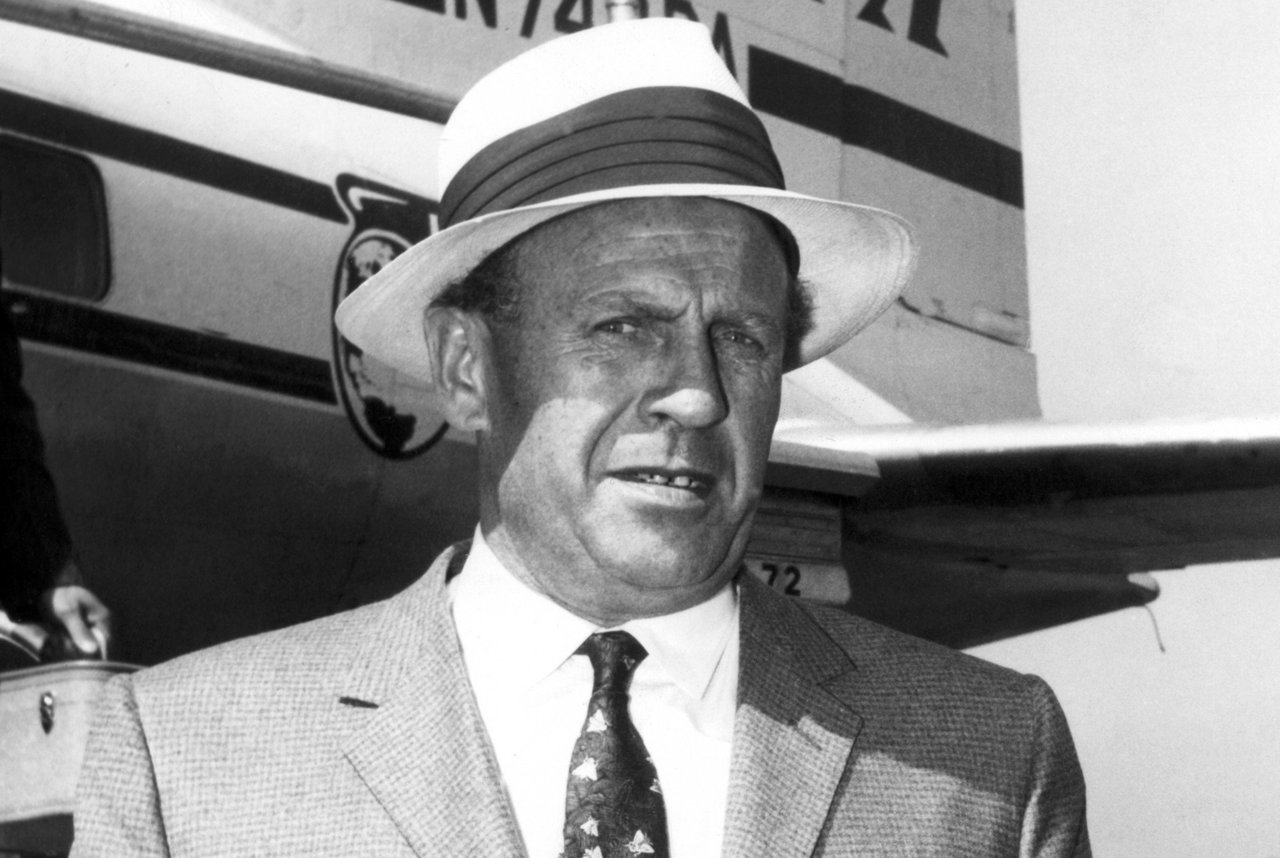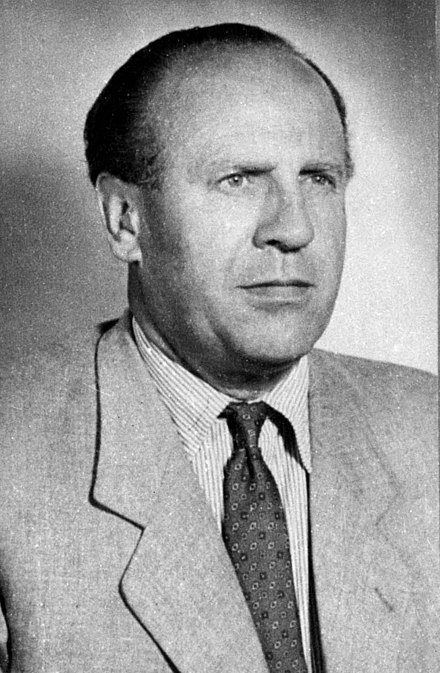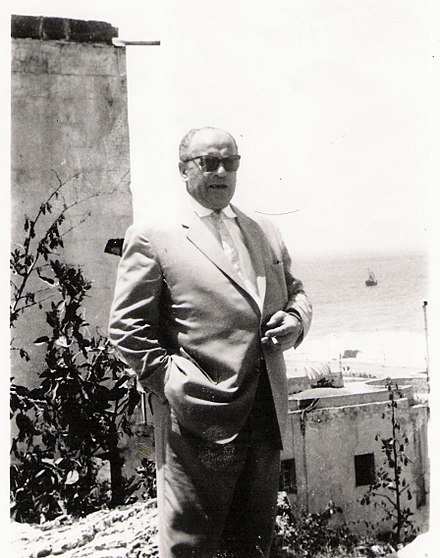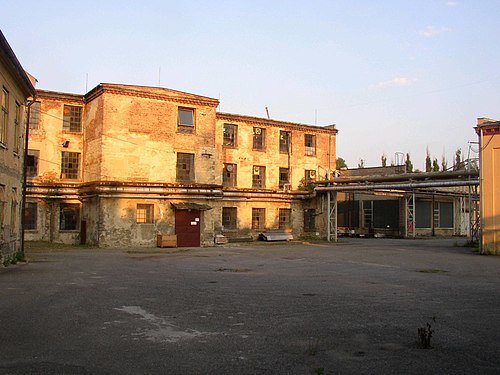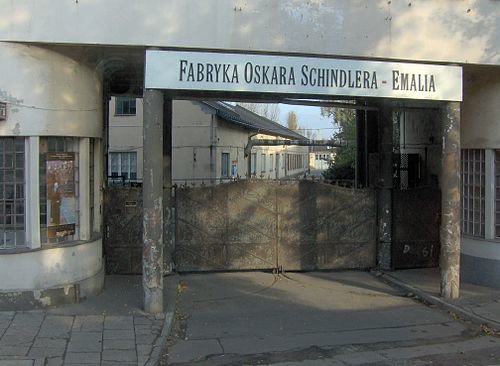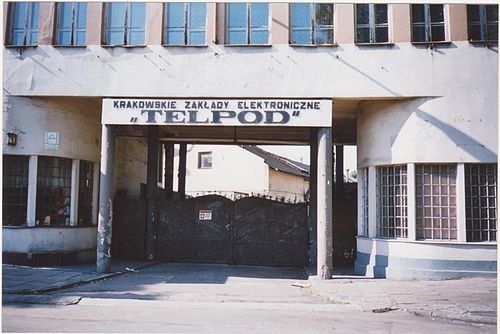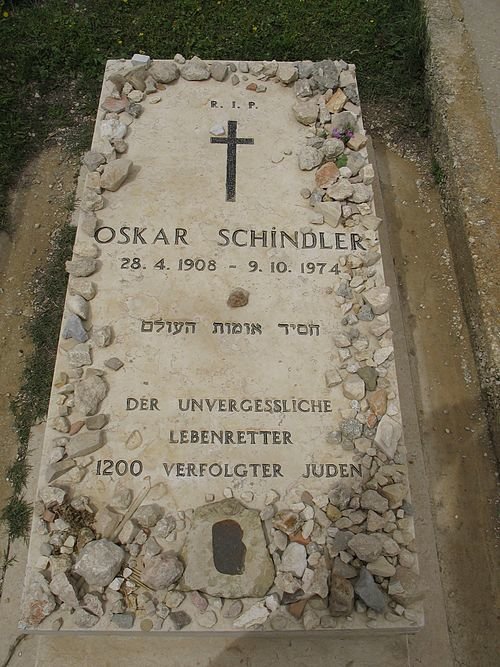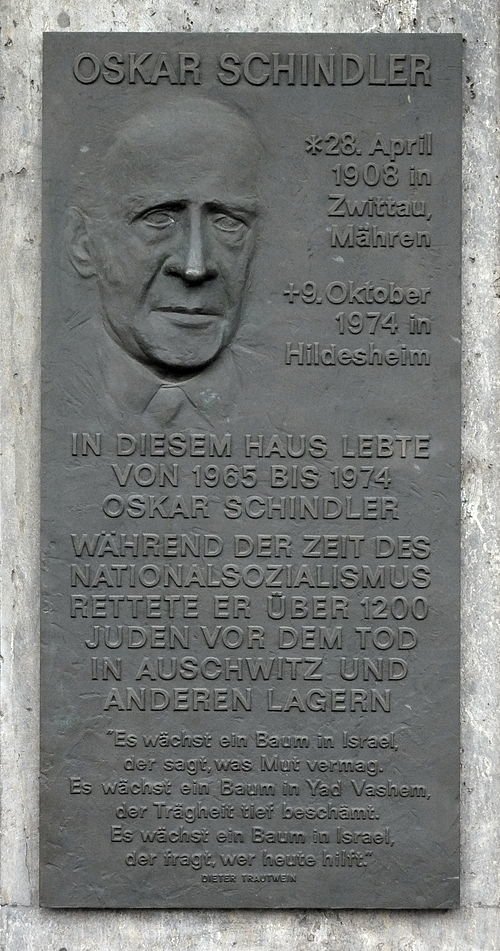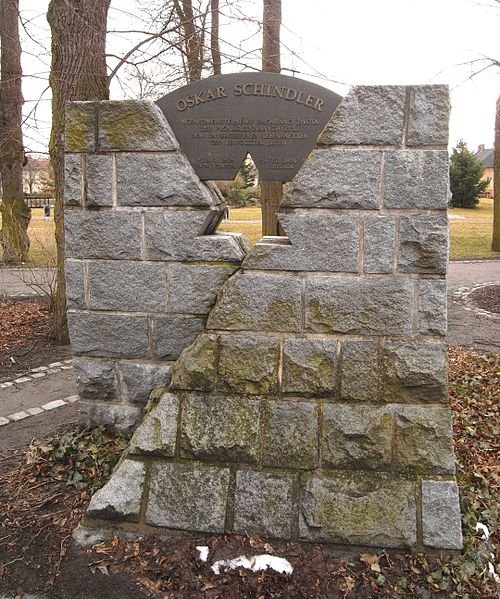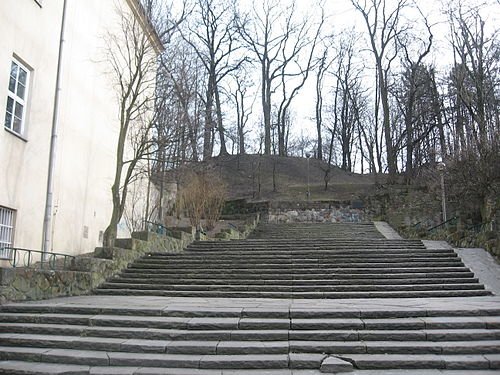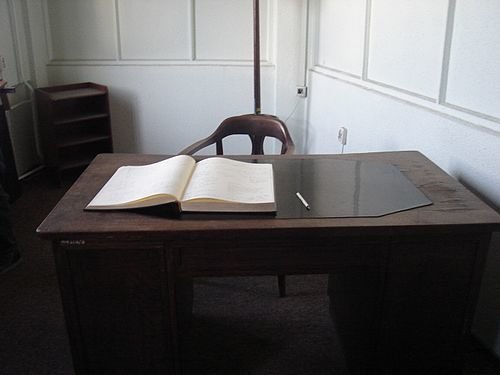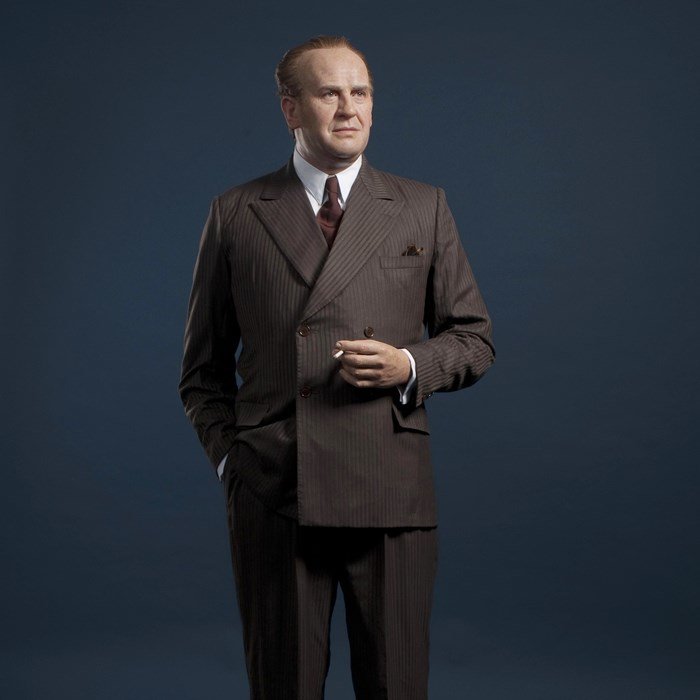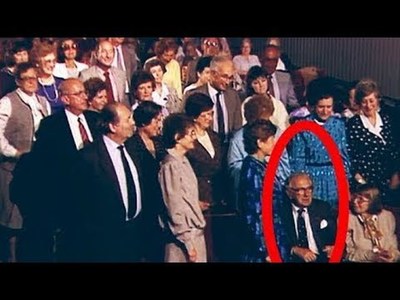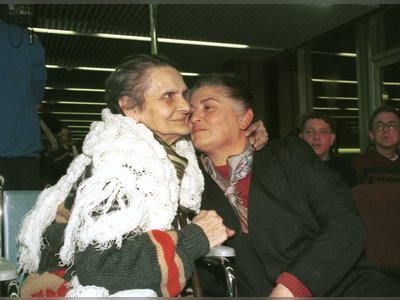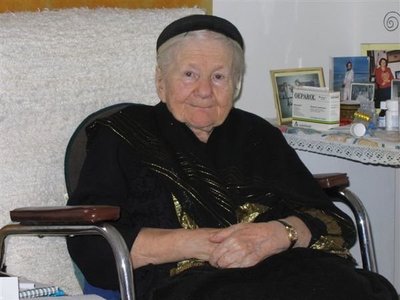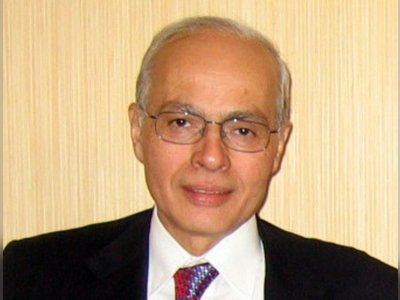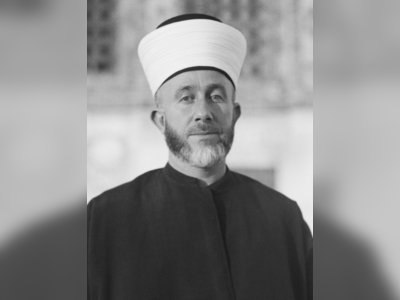Oskar Schindler: A Hero's Journey
Oskar Schindler, born on April 28, 1908, in Zwittau, Moravia (then part of the Austro-Hungarian Empire, now Svitavy in the Czech Republic), is a name synonymous with heroism during one of the darkest chapters in human history, World War II.
He was a German Sudeten industrialist, a member of the Nazi Party, and a man who would ultimately save approximately 1,200 Jews from the Holocaust by employing them in his factories in Poland and Czechoslovakia. In 1993, his life story was immortalized in the Hollywood film "Schindler's List," released over a decade after the events it depicted.
Biography
Schindler was born into a Catholic-German family as the eldest of two children. His father, Johann "Hans" Schindler, owned a factory that produced agricultural machinery, while his mother was Francisca "Franzi" Schindler (née Luser). He also had a younger sister named Elfriede. During his youth, Schindler became friends with Dr. Felix Kanter, a Jewish doctor, and his family.
Kanter's two children, who later became professors, studied alongside Schindler in school and became his close friends. After completing his education, Schindler received vocational training at his father's factory and worked there for three years. At the time, his hobbies included motorcycle riding and motorcycle racing.
On March 6, 1928, he married Emilie Schindler (née Pelzl), the daughter of a successful businessman and landowner. After their marriage, the couple lived with Schindler's parents.
In the 1930s, Schindler changed his sources of income several times and ventured into various businesses. However, he soon fell into financial ruin. In 1935, he joined the pro-Nazi German Party under the leadership of Konrad Henlein.
In the same year, he began working for German military intelligence (Abwehr) in Ostrava and Brno under the command of Wilhelm Canaris. He held a cover position as a business manager in an electrical appliance company.
When Czechoslovak authorities exposed his involvement with German military intelligence in July 1938, he was arrested, tried for treason, and sentenced to death. However, due to the Munich Agreement, he was released shortly afterward.
For his service to the Reich, he was awarded the "Blood Order" (Das Blutorden), one of the most prestigious Nazi decorations in Germany. In 1939, Schindler officially joined the Nazi Party with the intention of securing lucrative contracts for his business.
He continued to assist the Nazis in espionage leading up to their invasion of Czechoslovakia in March 1939. Thanks to his frequent trips to Poland, he provided intelligence on the Polish army until the autumn of 1940.
With the outbreak of World War II and the German occupation of Poland in September 1939, Schindler relocated to Krakow, Poland, in search of business opportunities. In October, he took over an enamelware factory in Zablocie, near Krakow. Prior to the Nazi occupation, the factory belonged to a Jewish owner named Nathan Wertheim.
Additionally, he acquired a household goods store that sold the factory's products, originally owned by another Jew, Julius Madritsch. One of the factory's owners was Abraham Bankier, a Jew whom Schindler appointed to a managerial position and also entrusted with managing his finances. When the war broke out, the production of pots and pans ceased due to a shortage of metal.
Schindler reconfigured his factory, known as "Deutsche Emailwarenfabrik" (DEF), to produce enamel-coated kitchenware and hardware, which he sold to the Wehrmacht. Using leftover metal scraps, he produced pots and pans, which were sold on the black market. Thanks to the high demand for his products, he quickly expanded his operations, employing around 250 Polish workers within three months.
Schindler gained recognition from his customers as a reliable supplier with quality products and was known for his charm and success with women. He led a lavish lifestyle, lived openly, and often engaged in gambling. He also sponsored a German soccer team in Krakow.
On August 1, 1940, Hans Frank, the Nazi Governor-General of occupied Poland, issued an order for the relocation of Jews from Krakow. Out of the 60,000 to 80,000 Jews in the city, only around 15,000 were allowed to remain, mainly those with work permits.
These individuals were later forced into the Krakow ghetto, established in the Podgorze industrial district of the city. Schindler's 370 Jewish workers had to commute daily from the ghetto to his factory. Due to his financial success, Schindler expanded his factory, adding a clinic, a cafeteria, offices, and a grocery store. At its peak, the factory spanned 45,000 square meters and employed around 800 workers. In June 1942, in a last-minute effort, Schindler managed to prevent the deportation of Abraham Bankier to the Belzec extermination camp.
In March 1943, the Nazis liquidated the Krakow ghetto, sending many Jews to their deaths, while those deemed fit for labor were concentrated in the Plaszow labor camp. Schindler cultivated a relationship with Amon Goth, the sadistic commandant of the camp, allowing him to establish a sub-camp within Plaszow for his workers, located in Lipowa Street.
Schindler decided to try to save his workers, a decision that would jeopardize his own position and wealth. With the help of his connections and financial resources, he managed to bribe and influence Nazi officials. The most effective way to save his workers was to obtain official recognition of his factory as an essential armaments manufacturer (Rüstungsbetrieb).
In 1943, he succeeded in doing so, thanks to the fact that his factory began producing ammunition cases. This recognition allowed him to bring additional Jewish workers from the Aktion Reinhard camps. In September 1944, Schindler received approximately 100 workers from Julius Madritsch's factory with the assistance of Madritsch and Raimund Titsch.
A Jewish man named Scherner, a representative of the Aid and Rescue Committee in Budapest, arrived in the summer of 1943 and persuaded Schindler to provide testimony about the mass murder of Jews to the Jewish Council. In October 1943, Schindler risked his life to travel to Budapest, where he testified before Israel Kastner and Samuel Springmann about the extermination at Auschwitz.
Schindler was arrested and interrogated by the Gestapo several times. His first arrest and interrogation occurred in 1941 on suspicion of involvement in the black market. On April 29, 1942, he was arrested again for kissing a Jewish woman. Thanks to his connections with the Abwehr, he was usually released from custody quickly. The nature and extent of his connections with the head of the Abwehr, Canaris, are not known to historians today.
As the Red Army advanced toward Poland in late 1944, the Nazis hastened to liquidate the Plaszow camp and sent over 20,000 Jews to death camps. Schindler managed to secure all the necessary approvals from the Nazi authorities to move his workers to his new factory in Brünnlitz, Czechoslovakia, about 325 kilometers (200 miles) away. In October 1944, with the help of his contacts, Schindler transferred 900 of his Jewish workers and 300 Jewish women, who were interned in Auschwitz, to Brünnlitz. This rescue operation required bribes, deceit, and, at times, pure luck. It also brought Schindler to the brink of bankruptcy.
In Brünnlitz, the conditions for Schindler's workers were somewhat better. They were not subjected to the brutal treatment of the Nazi concentration camps. However, they were still prisoners, and the factory was still under Nazi control. The Jewish workers continued to live in fear, with the looming threat of Allied bombings and the possibility of being discovered and killed. Despite the difficult conditions, Schindler's factory in Brünnlitz remained a haven compared to other Nazi camps.
With the arrival of the Red Army in January 1945, Schindler's workers were liberated, and their ordeal came to an end. Schindler had spent his entire fortune, including the funds he had bribed Nazi officials with, to protect his Jewish workers. His factory in Brünnlitz had never produced a single usable shell or piece of equipment for the German war effort. It had served solely as a safe haven for Jews.
Schindler's Legacy
Oskar Schindler's story is one of redemption. A man who initially sought to profit from Nazi occupation became a savior for over a thousand Jewish lives. His efforts to save his workers from almost certain death are a testament to the power of an individual's actions, even in the darkest of times. After the war, Schindler and his wife Emilie were destitute, having spent all their wealth on saving lives. They lived for a time in West Germany but eventually moved to Argentina.
Schindler struggled with alcoholism and financial difficulties after the war. He received financial aid from the Jewish organizations he had worked with during the war and from the Israeli government. In 1957, he was officially recognized as a Righteous Among the Nations, a title awarded by the State of Israel to non-Jews who risked their lives to save Jews during the Holocaust. Schindler's health deteriorated, and he died on October 9, 1974, in Hildesheim, Germany, at the age of 66. His body was brought to Jerusalem, where he was buried in the Catholic Cemetery on Mount Zion.
Despite his complicated history, Oskar Schindler's actions during the Holocaust have left an enduring legacy. His story reminds us that individuals can make a difference, even in the face of overwhelming evil. His life was a testament to the power of empathy, compassion, and the courage to stand up against injustice. Oskar Schindler's heroism continues to inspire people around the world, and his story will forever serve as a symbol of hope in the darkest of times.
- אוסקר שינדלרhe.wikipedia.org
